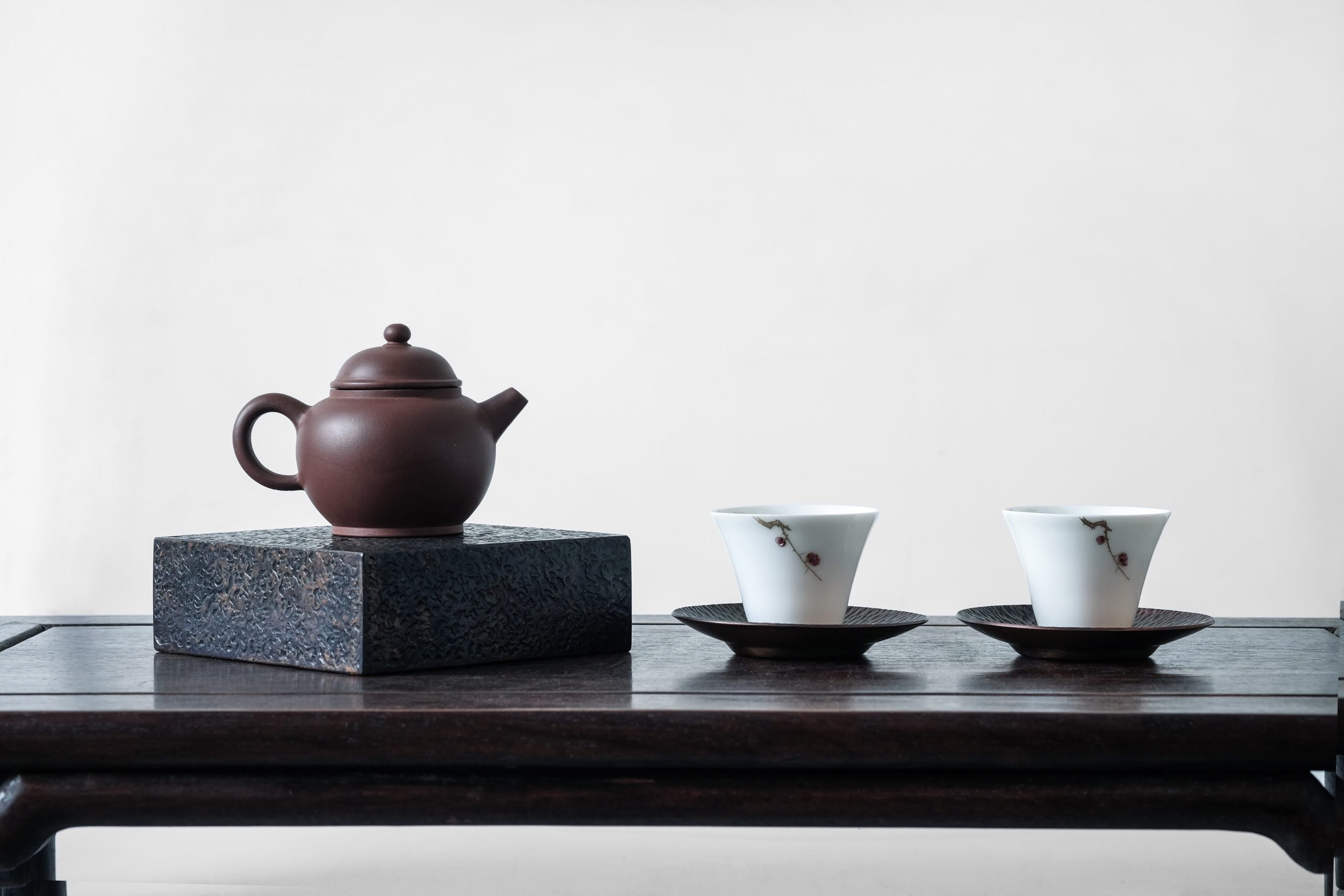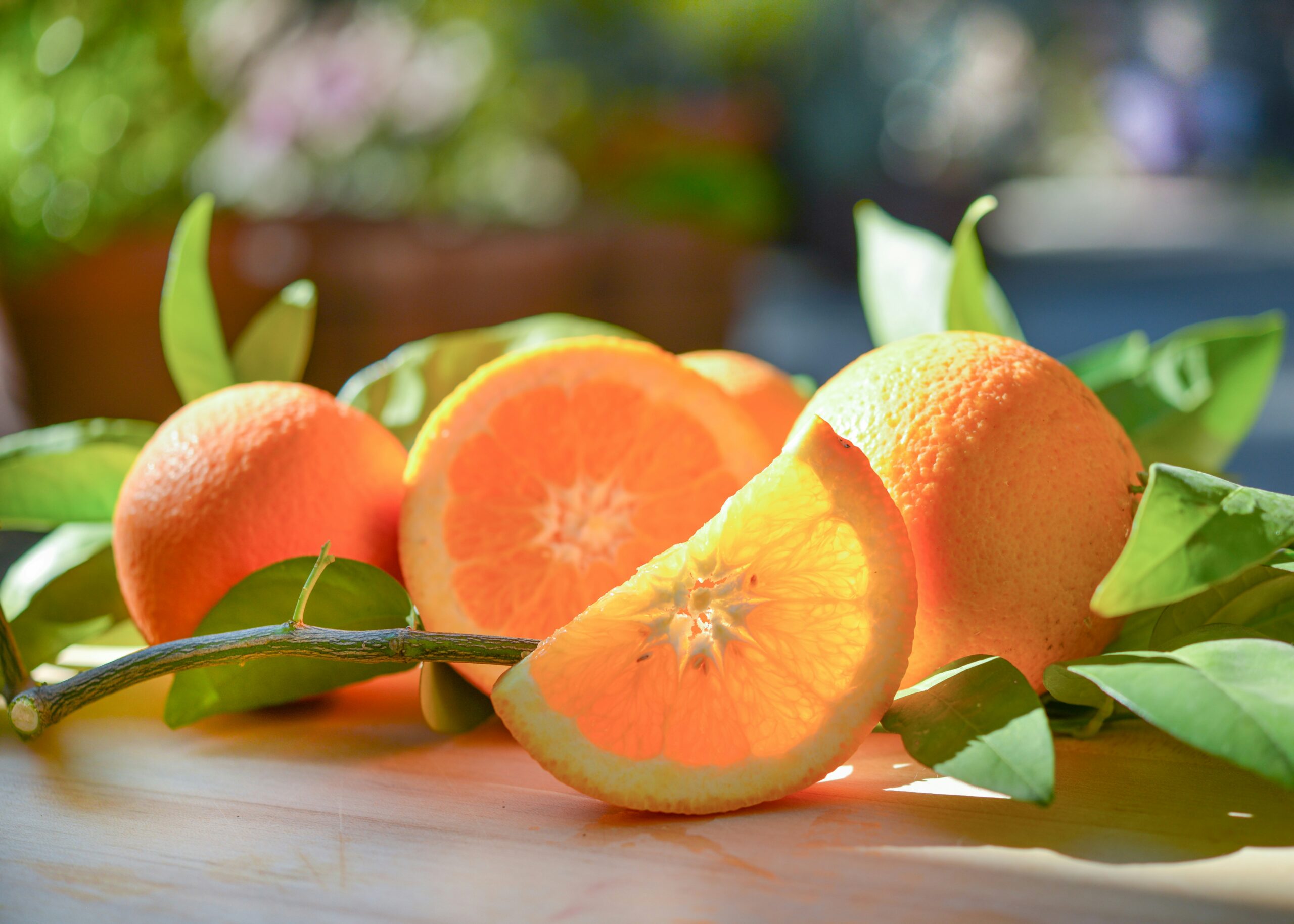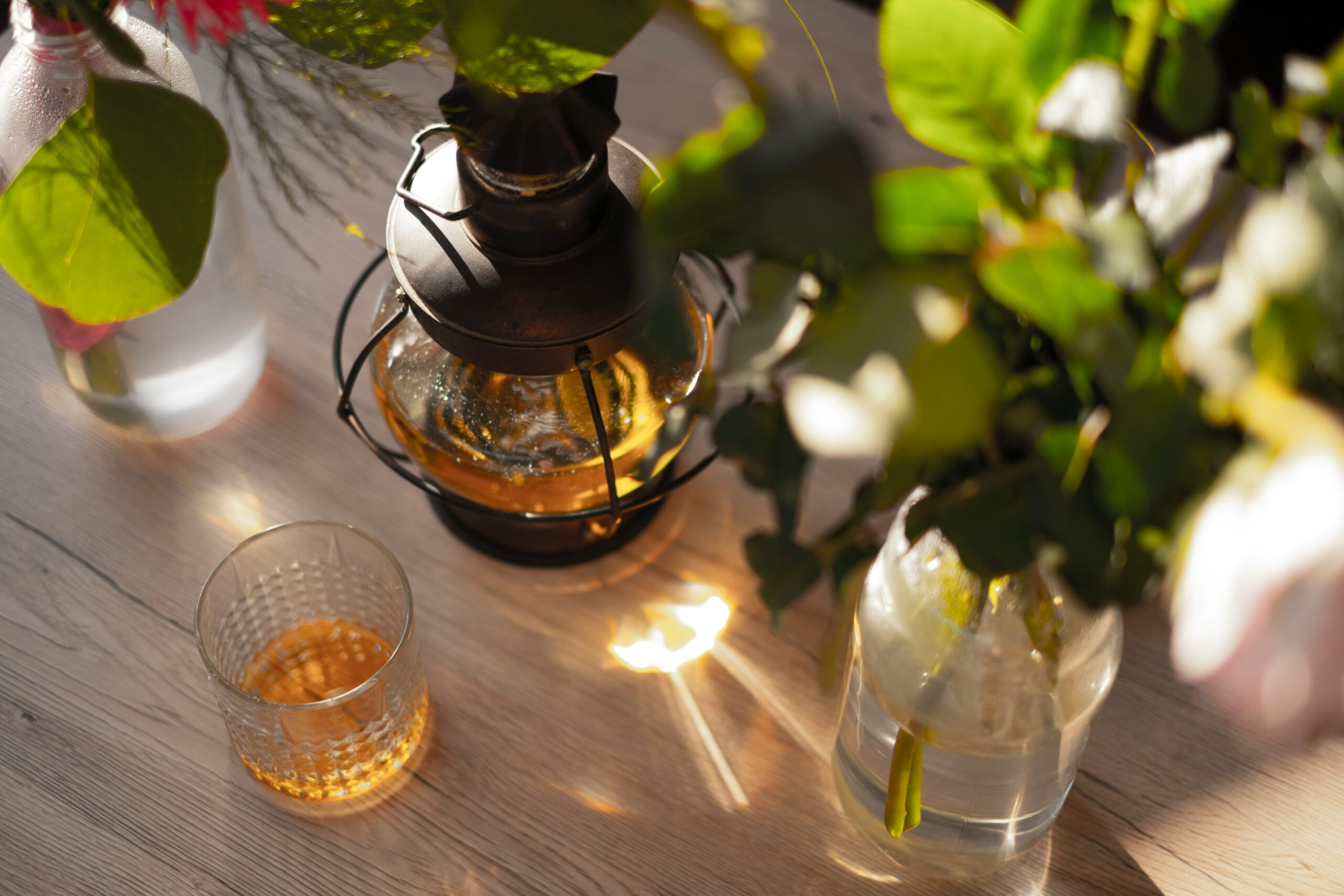What are the differences between Gyokuro, Kabusecha, and Sencha? A Clear Guide to Their Differences and How to Enjoy Them Deliciously
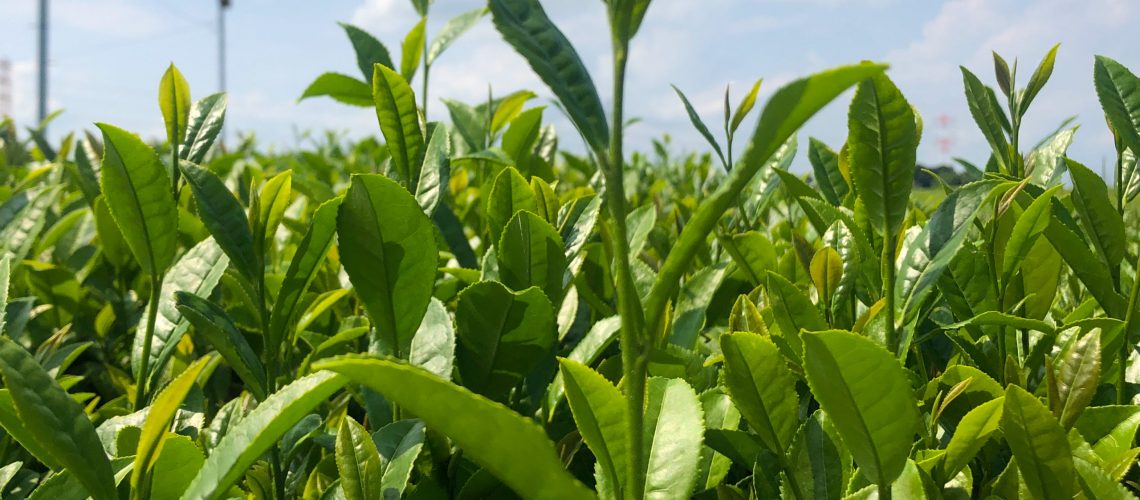
In this article, we will clearly explain the differences between Gyokuro, Kabusecha, and Sencha, as well as how to brew each of them deliciously.
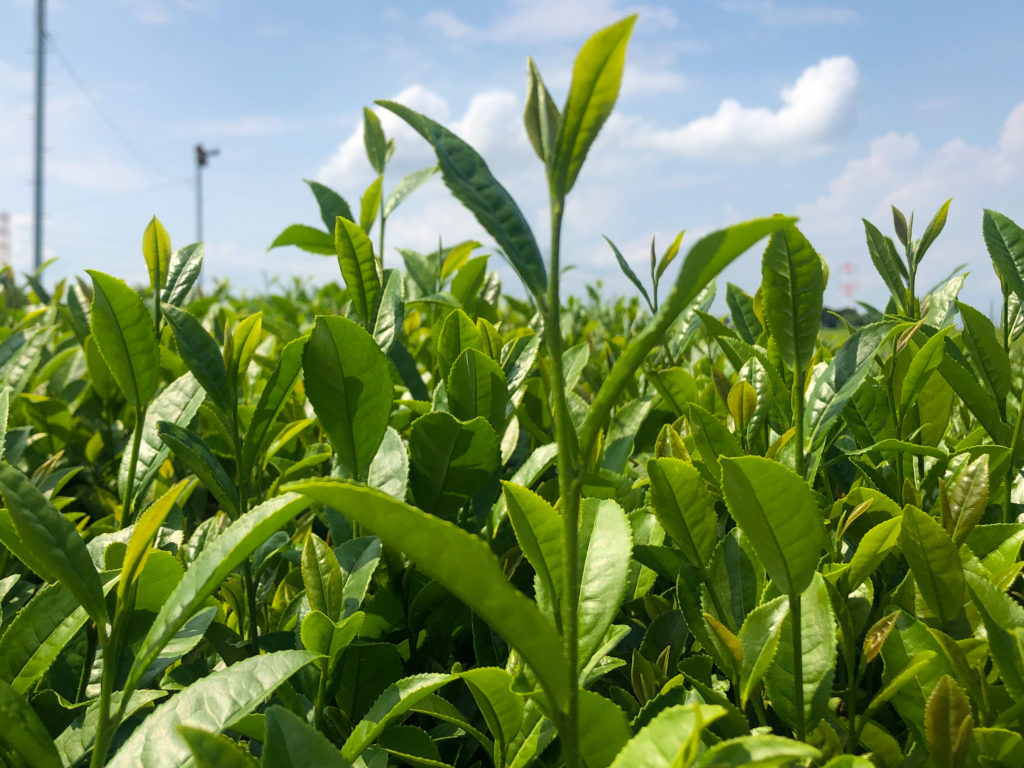
First, let’s look at the differences between them.
As shown in the photo above, tea leaves grow vigorously when exposed to ample sunlight. The tea is made from these well-grown leaves, but the duration of the “covering process” before harvesting differs for sencha, kabusecha, and gyokuro.
The covering process involves placing a cloth called “kanreisha” over the tea leaves before harvesting to block sunlight. Among the components that make up the flavor of tea—umami, sweetness, astringency, and bitterness—umami and sweetness are produced by an amino acid called theanine, while astringency and bitterness come from catechins and caffeine. In fact, when tea leaves are exposed to sunlight, theanine changes into catechins, which increase astringency and bitterness.
Therefore, by blocking sunlight during the pre-harvest covering process, the amount of catechins (which cause astringency and bitterness) is reduced, resulting in tea leaves with higher levels of theanine (which contributes to sweetness and umami).
The covering process duration is about 20 to 30 days for gyokuro, 3 to 10 days for kabusecha, and sencha is not covered at all. Consequently, gyokuro has a stronger umami and sweetness, sencha has a sharp astringency and bitterness, and kabusecha produces a tea with a flavor profile that is somewhere between gyokuro and sencha.
The above explains the differences and characteristics in the production processes of gyokuro, kabusecha, and sencha.
Next, let’s introduce the best methods for brewing each type of tea using a teapot. The brewing conditions listed below are guidelines for the first infusion.
How to Brew Gyokuro:
- Amount of tea leaves: 10g (5 teaspoons)
- Amount of water: 100ml
- Brewing temperature: 45°C
- Brewing time: 5 minutes
How to Brew Kabusecha:
- Amount of tea leaves: 7g (3 teaspoons)
- Amount of water: 300ml
- Brewing temperature: 65°C
- Brewing time: 3 minutes
How to Brew Sencha:
- Amount of tea leaves: 7g (3 teaspoons)
- Amount of water: 300ml
- Brewing temperature: 80°C
- Brewing time: 2 minutes
One of the most distinctive features is the brewing conditions for gyokuro. For 10g of heaping tea leaves, use only 100ml of water at a low temperature of 45°C. As the tea leaves absorb water during the brewing process, the amount of tea you can drink is around 30ml to 50ml. Since it is brewed with just a small amount of water, it is sometimes referred to as “drop tea.” The resulting tea has a concentrated flavor with rich umami and sweetness, embodying the essence of “THE GYOKURO.” Those who try gyokuro drop tea for the first time may be surprised by the completely different taste and depth compared to teas they are used to.
For the second and third infusions of gyokuro, increase the amount of water to 200ml to 300ml, raise the brewing temperature to about 60°C to 80°C, and brew for 1 to 2 minutes. The first infusion allows you to enjoy the rich umami and sweetness of gyokuro, while the second and third infusions offer a gradually lighter, refreshing bitterness.
For the second and third infusions of kabusecha and sencha, keep the amount of water the same, but use slightly higher temperatures than for the first infusion, and brew for 1 to 2 minutes. The second and third infusions will gradually change to a lighter, more refreshing tea.As mentioned above, to bring out the full characteristics of each tea, gyokuro and kabusecha, which are rich in umami and sweetness, are brewed at lower temperatures, while sencha, which contains more bitterness and astringency, is brewed at slightly higher temperatures. This approach allows you to enjoy the unique qualities of each type of tea to their fullest.
The impact of brewing temperature on extraction components has been experimentally studied using our teplo teapot, and the findings have been presented at academic conferences. For those interested in the more technical aspects of these experiments, In this article Please also check out this article.
